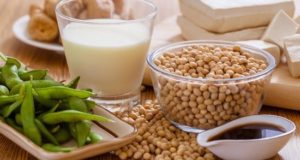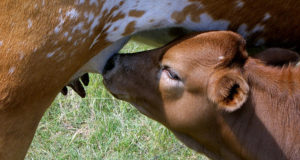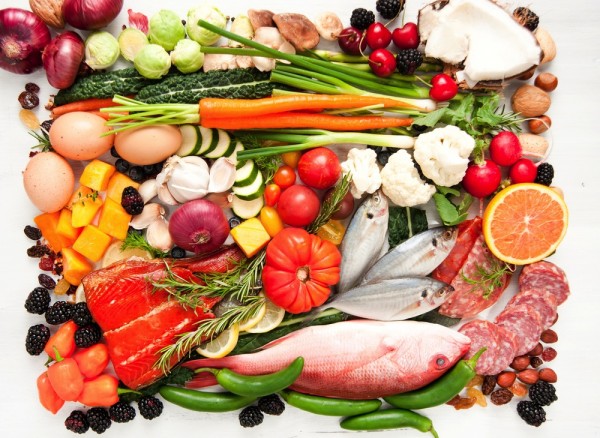
Want to know the high uric acid foods to avoid if you have gout, and want to prevent future attacks? Here, you’ll discover a list of foods to avoid, plus, a list of low uric acid foods you can eat as a gout sufferer.
WHAT ARE THE CAUSES OF HIGH URIC ACID?
In order to understand this, you need to be familiar with natural chemical compounds that all of us have in our bodies, and, that also exists in our foods. These compounds are called “purines”. They are essential in the process that provides us with our protein and energy.
During this process, however, purines actually breakdown, and one of the byproducts of this reaction is uric acid in your bloodstream. Your kidneys then process and expel excess uric acid from your system via your bladder and urine.
Unfortunately, when either there is too much uric acid being produced, or, your kidneys cannot process it fast or efficiently enough, excess acid is retained in your bloodstream and circulated around your body. This excess acid can then be deposited in crystalline form in your joints (your big toes the majority of the time, but other joints as well).
Under the microscope these crystals are in the form of tiny needles which give rise to the symptoms of gout; redness, swelling, inflammation and, of course, unbelievable pain.
BUT WHY SHOULD SOME FOODS BE AVOIDED i.e. HIGH URIC ACID FOODS?
Remember above how uric acid is produced by purines, and, purines also exist in our food? Well, too much purines can lead to too much acid for your kidneys to handle and you end up with excess acid in your blood, leading to crystals in your joints and thus a gout attack!
So it’s just common sense that someone suffering a gout attack, or, someone who suffers from regular gout attacks, should avoid foods that are high in purines.
And it becomes even more important when you learn that once having one gout attack, you’re almost certain to have others. And frequent, regular gout attacks can lead to permanently damaged joints and kidney stones.
HIGH URIC ACID FOODS TO AVOID (HIGH PURINE FOODS)
The following are foods that are either high or very high in purines and should be avoided…
Heart, liver, kidneys, brains, sweetbreads, broth, comsomme, gravy, meat extracts, red meat, shellfish, mackerel, sardines, herring, fish roe, goose, turkey, partridge, baker’s and brewer’s yeast, and yeast extracts. Plus, you must avoid all alcohol, but particularly beer.
The following are foods which are moderately high in purines and should be drastically reduced, or, better still avoided altogether…
Asparagus, cauliflower, mushrooms, lentils, legumes, spinach, dried peas, oatmeal, and soy.
FOODS YOU CAN EAT AS PART OF A LOW URIC ACID DIET
The following are foods that can make up a sensible, relatively low purine diet…
Essential fatty acids (e.g. salmon, tuna, seeds, flaxseed, nuts etc.), complex carbohydrates (e.g. pasta, rice, cereals, green-leafy vegetables, fruit, bread — but avoid white flour products), low-fat dairy products, foods high in vitamin C (e.g. potatoes, red cabbage, red bell peppers, oranges, tangerines, mandarins, etc.), fruit juices, and drink at least 2 liters of fresh water every day to help your kidneys flush excess uric acid from your system.
WANT TO FIND OUT MORE?
Your diet is at the heart of your recovery from high uric acid levels leading to gout. But, as with most things in life, it isn’t quite as simple as that. There are many other issues for you to consider in order to relieve the symptoms of gout, and, reduce high uric acid levels in the blood. Also to prevent future gout attacks and possible joint and kidney damage.

Source by John Cielo
 Vitamin Agent The Health & Naturalistic Source
Vitamin Agent The Health & Naturalistic Source





